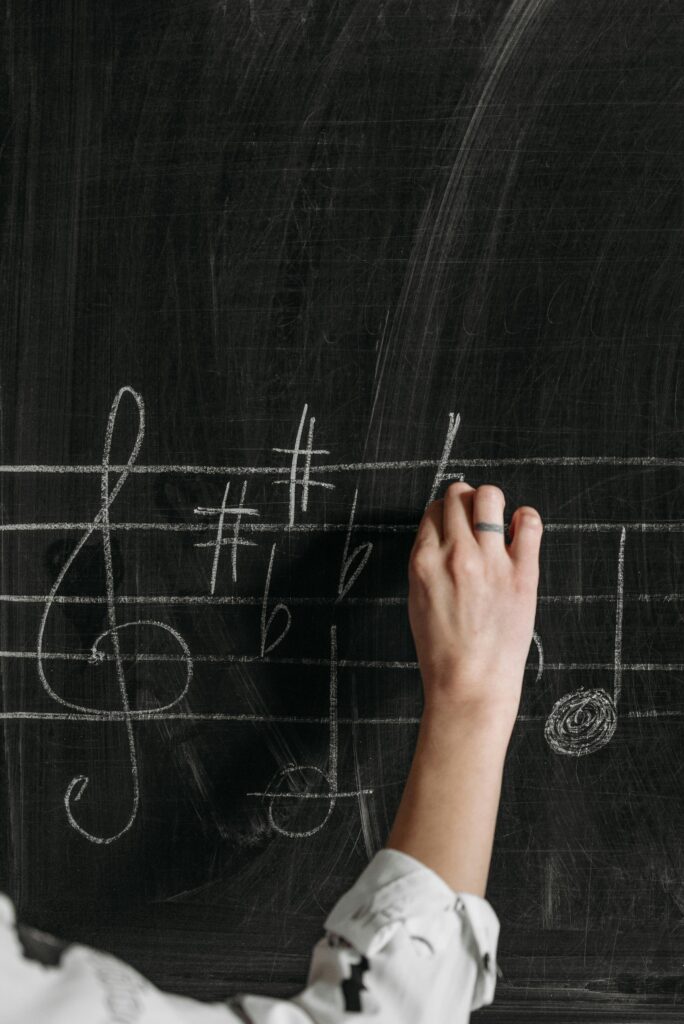When exploring expressive playing in music, we often talk about dynamics, phrasing, and articulation. Two markings that frequently appear—portato and tenuto—can be easily confused, especially for developing musicians. Though they may look similar and are often used in lyrical or legato passages, they each serve a unique purpose.
Let’s break them down.
What is Tenuto?
Tenuto comes from the Italian word tenere, meaning “to hold.” It’s usually notated as a small horizontal line above or below the note ( – ). When you see this marking, the composer is asking you to:
- Sustain the note for its full value
- Possibly slightly emphasize the note (often subtly louder or with a bit more weight)
In practice, playing a tenuto note means avoiding any rushing or cutting the note short. It can add a sense of gravity or importance to a melodic line.
Think of tenuto as gently pressing into the note, giving it your full attention.
What is Portato?
Portato is sometimes called “articulated legato” or “mezzo staccato.” It’s a more nuanced articulation, typically notated as a series of slurs with dots underneath each note, or occasionally as a combination of tenuto and staccato marks on the same note.
With portato, you’re aiming to:
- Play the notes smoothly and connected (like legato)
- But with a slight separation or articulation between each note
Unlike staccato (which is short and detached), portato is more of a gentle pulsing or undulating feel within a legato phrase. You can think of it as placing each note distinctly, but without breaking the overall smoothness.
Imagine you’re walking across a soft carpet—each step is clear, but your movement remains fluid.
So, What’s the Real Difference?
While tenuto emphasizes the duration and weight of individual notes, portato balances connection with slight separation. In short:
Tips for Practicing Portato and Tenuto
- Listen carefully. Try recording yourself and compare how tenuto and portato feel and sound.
- Slow down. Practicing slowly will help you isolate the touch and weight of each articulation.
- Experiment. Sometimes, different composers interpret these markings differently—what works for Chopin might not work the same for Debussy or Beethoven.
Final Thoughts
Portato and tenuto may seem like subtle distinctions, but mastering these articulations adds depth and expression to your playing. By understanding how to approach them, you’re giving voice to the emotion behind the notes—and that’s where the magic happens.
